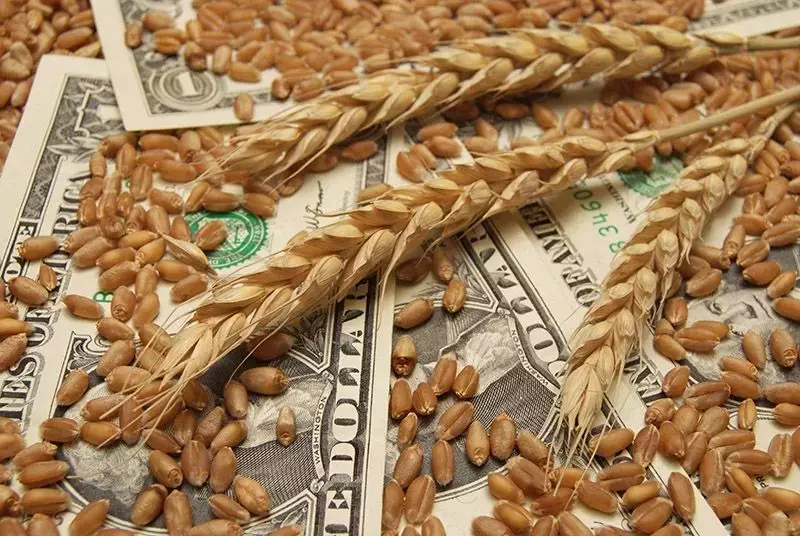The agricultural landscape is in constant flux, with weather patterns, global demand, and production levels all playing a pivotal role in shaping the fortunes of farmers and commodity traders alike. In the latest chapter of this ever-evolving story, the Chicago wheat futures market has found itself at the center of a complex web of factors, from drought-stricken regions to bountiful harvests. As the industry navigates these shifting conditions, the implications reverberate across the global food supply chain.
Unlocking the Secrets of the Wheat Market's Ebb and Flow
Weathering the Drought: Reviving the Plains
The U.S. Plains region, long the heartbeat of the nation's wheat production, has faced a daunting challenge in recent times – drought. As the parched land has impeded the growth and development of the winter wheat crop, traders have kept a watchful eye on the skies, eagerly anticipating the arrival of much-needed rainfall. The latest reports suggest that these prayers have been answered, with showers drenching the drought-stricken areas and providing a critical boost to the germinating wheat plants. This timely influx of moisture could be the catalyst that helps the region's wheat crop overcome the adversity it has faced, setting the stage for a potential rebound in production and, ultimately, a stabilization of wheat futures prices.Harvesting Abundance: The Impact of Bountiful Crops
While the Plains have grappled with drought, the broader U.S. agricultural landscape has witnessed a different story – one of abundance. The corn and soybean harvests have been particularly robust this autumn, with farmers reaping the rewards of favorable weather conditions and advanced farming techniques. This bounty, however, has not come without its own set of challenges. As the freshly harvested crops flood the market, the influx of supply has exerted downward pressure on corn futures, as traders grapple with the implications of this agricultural windfall. The soybean market, on the other hand, has found support in the form of strong international demand, underscoring the global nature of the commodity trade.Navigating the Geopolitical Landscape: The Influence of Trade Dynamics
The wheat, corn, and soybean markets are not isolated silos; they are intricately woven into the tapestry of global trade and diplomacy. Recent reports have highlighted the role of export demand in underpinning the prices of these commodities, even as domestic production has reached record levels. This delicate balance between supply and demand, both domestic and international, is a testament to the interconnectedness of the global food system. As policymakers and industry leaders navigate the ever-evolving geopolitical landscape, their decisions will undoubtedly have far-reaching consequences for the wheat, corn, and soybean markets, shaping the fortunes of farmers, traders, and consumers alike.Weathering the Storm: Adapting to Market Volatility
In the face of these dynamic market forces, traders and industry participants must remain nimble and adaptable. The wheat futures market, in particular, has demonstrated its sensitivity to weather patterns, harvest cycles, and trade dynamics, with prices swinging up and down in response to the latest developments. As the industry grapples with this volatility, the need for robust risk management strategies and a deep understanding of the underlying drivers of the market has never been more crucial. By staying informed, anticipating potential shifts, and employing strategic decision-making, market participants can navigate the turbulent waters of the wheat, corn, and soybean markets, emerging stronger and more resilient in the face of an ever-changing landscape.
